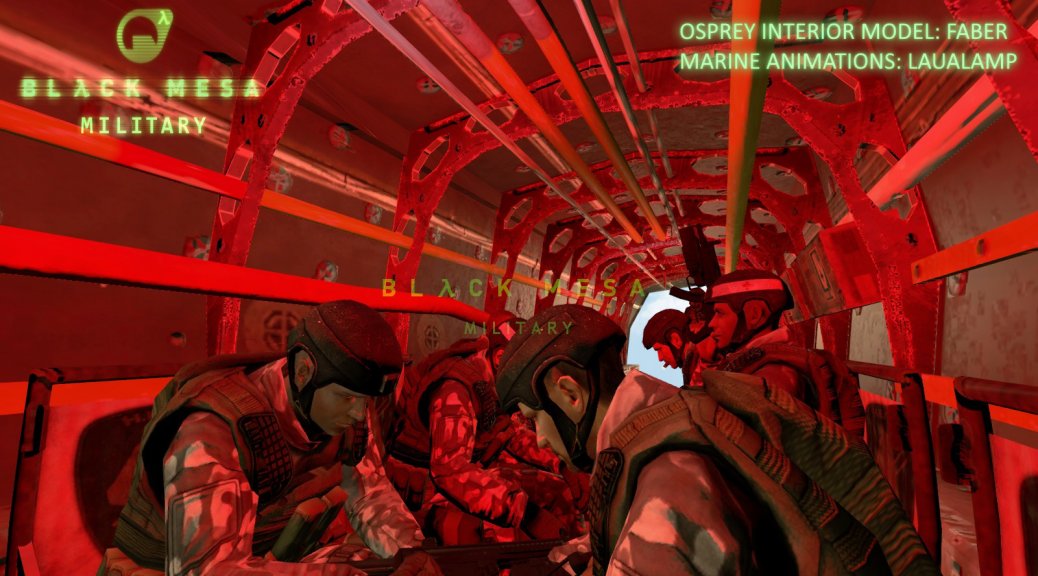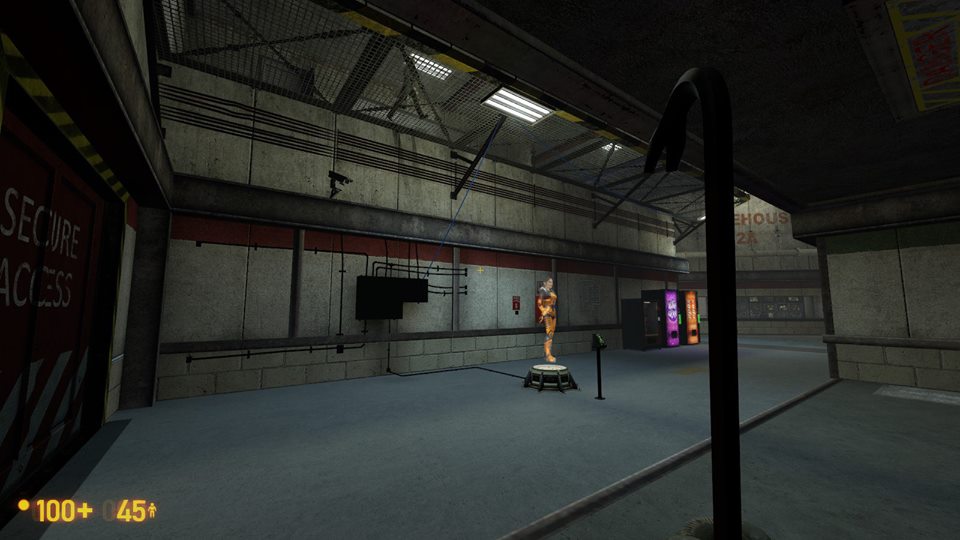

What Black Mesa offers instead is a visual refresh that successfully drags 1998's finest level design to a visual standard mostly set in stone around 2010, using a 2004 engine. As a result, moments like the tram ride now feel overly long, even dull, as they lock you in a small box to deliver exposition and worldbuilding I'd expect a modern game to parcel out more elegantly. You can't see something for the first time twice. It's bizarre to remember that "things happen" was once a back-of-the-box feature.īlack Mesa's meticulous recreation does not return any of these moments to their former glory, because to do so would be impossible. We don't call these moments "scripted sequences" anymore though, because they're so commonplace they don't need a name. "Scripted sequences", in which scientists would animate and talk and meet their grisly demise as you came upon them, were a revelation that made Half-Life's world more alive than any first-person shooter's before it. I'd never seen anything like that opening tram ride in 1998, or the slow moments of pre-disaster exploration that follow. Beyond that, there are the same scripted sequences, the same relentless commitment to the first-person camera, and the same eventual trip to Xen itself at the end.Įach of these elements once made Half-Life phenomenal, but in every case, part of the initial thrill has been dulled by time. The resonance cascade, which is what unleashes the mardy aliens from Xen, is enlivened by actual physics interactions, and many more particle and lighting effects than the original Half-Life could manage. The slow walk through the Black Mesa laboratory has the same sights and jokes, but with the newly-added presence of Eli Vance. The opening tram ride is extended and refreshed with larger, fancier scenery. As you weave through Black Mesa's warehouses, railways and sewage systems, fighting ninjas and flipping switches, it will become clear that the world of game design has moved on, but that Half-Life's relatively simple horror tale holds up far better than most of its peers.īlack Mesa follows the beats of the original game exactly, through each of its now-famous moments.



Its environment design is still evocative despite its visual shortcomings, its shotgun is still fabulous at right-click-exploding enemies in satisfying showers of alien body parts, and its storytelling methods are still the template for the twenty-two years of first-person shooters that followed it. To be clear: Half-Life might have aged, but it is still a good game. You must fight your way back to the surface, contending with aliens and military clean-up crews, both of which are equally determined to kill you and every other scientist in the facility. You're there to conduct an experiment, which goes wrong in typical B-movie style: portals open, alien monsters are unleashed, and the facility descends into chaos. If you've never played Half-Life before, both it and Black Mesa cast you as Gordon Freeman, a 27-year-old scientist arriving for work at an underground research facility. To see this content please enable targeting cookies. But it remains, underneath, Half-Life - with all that that entails. It is a triumph on many levels, and in terms of scale and polish, the most impressive fan game ever made. Over 8 years since we first reviewed its earliest release, the project is now complete. What is the half-life of Half-Life? I would have long ago described Valve's first-person shooter as my favourite game, but revisiting it last month in preparation for Half-Life: Alyx made clear how many parts of its design have aged.Įnter Black Mesa, a fan-made remake of the original Half-Life, inside Half-Life 2's Source engine.


 0 kommentar(er)
0 kommentar(er)
